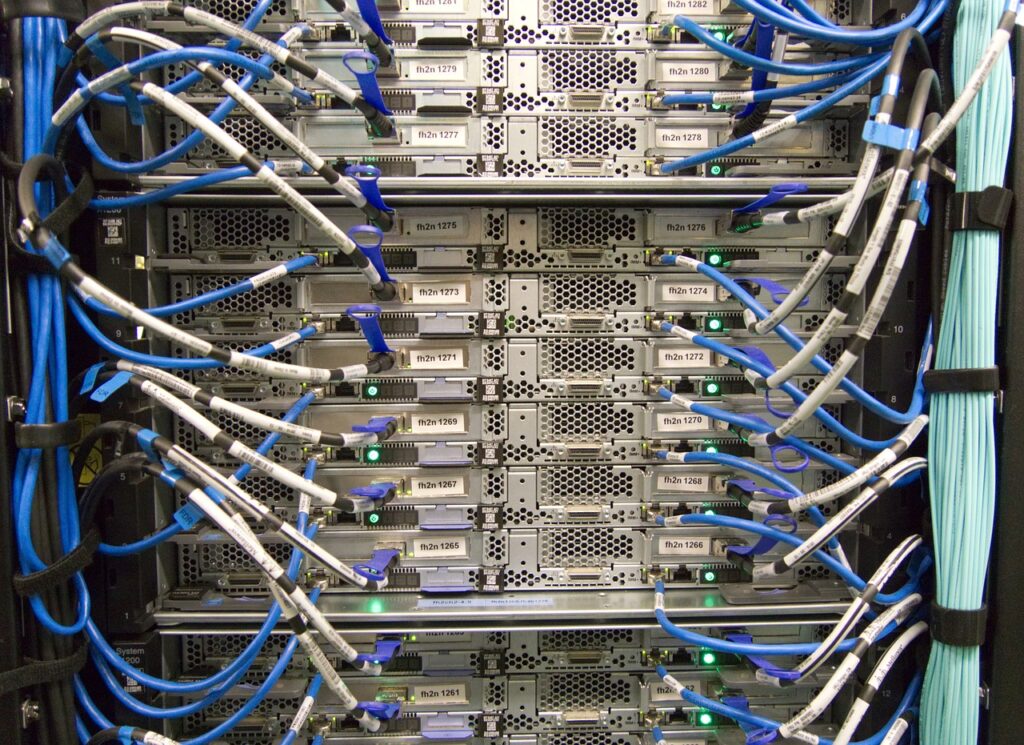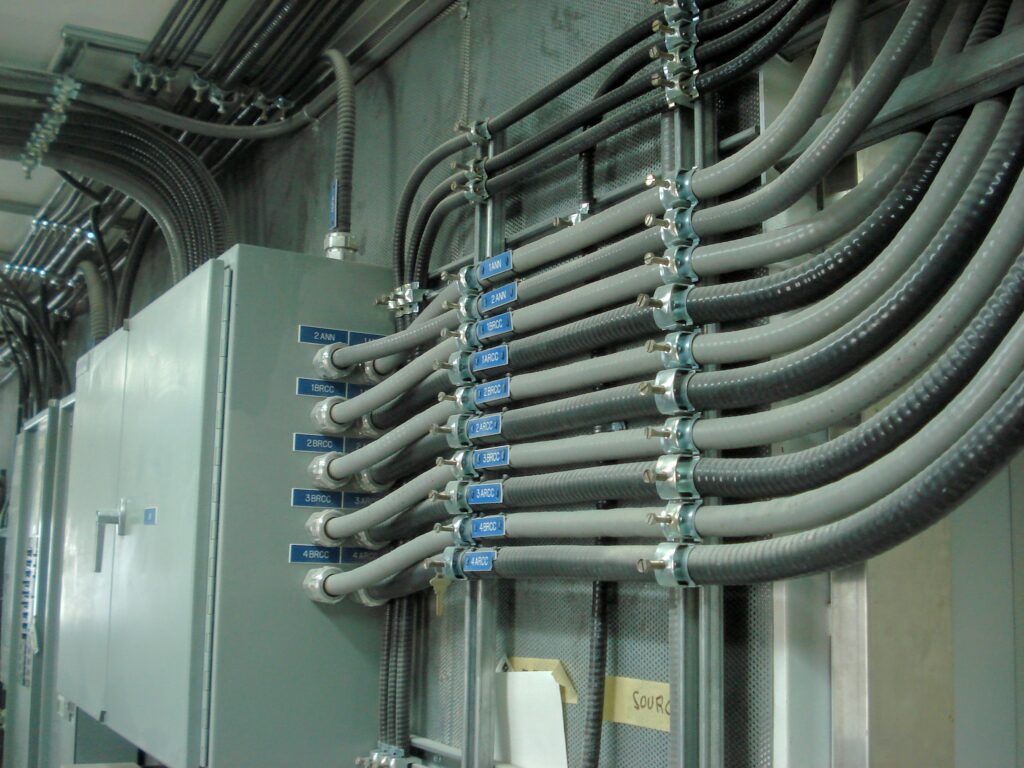Introduction:
In the intricate tapestry of construction, where functionality meets form, the importance of robust cable management cannot be overstated. Among the array of cable management solutions, cable tray systems stand out as versatile, efficient, and space-saving options. This blog post aims to take a comprehensive dive into cable tray systems, unraveling their types, benefits, installation considerations, and the crucial factors to consider when choosing the right fit for your project.

Section 1: Understanding Cable Tray Systems
Cable tray systems are structured pathways used to support and organize cables and wires within buildings and industrial facilities. These systems are crucial for ensuring a tidy, secure, and easily accessible arrangement of cables, promoting optimal performance and longevity. They come in various types, each designed to cater to specific construction and electrical requirements.

Section 2: Types of Cable Tray Systems
a. Ladder Cable Trays: Ladder cable trays consist of horizontal side rails connected by equally spaced rungs, resembling a ladder. These trays provide robust support for heavy cables and are ideal for large and complex installations. Their open design facilitates easy access for maintenance.
b. Solid Bottom Trays: Solid bottom trays, also known as trough cable trays, feature a solid base that offers enhanced protection against dust, debris, and environmental elements. This design is suitable for installations where additional shielding is required.
c. Wire Mesh Cable Trays: Wire mesh cable trays comprise interconnected wires or grids, allowing for greater visibility and air circulation. They are lightweight, cost-effective, and suitable for areas with moderate cable density.
d. Perforated Cable Trays: Perforated cable trays feature evenly spaced perforations on the tray’s surface, providing a balance between solid and wire mesh trays. This design offers a compromise, ensuring both visibility and protection.

Section 3: Benefits of Cable Tray Systems
a. Space Efficiency: Cable tray systems optimize space utilization by allowing cables to be neatly organized within a confined area. Their elevated structure minimizes the need for additional floor space, making them ideal for congested environments.
b. Enhanced Ventilation: Wire mesh and perforated cable trays promote efficient air circulation around cables, preventing overheating and ensuring optimal performance. This feature is particularly advantageous in industrial settings where heat dissipation is crucial.
c. Easy Maintenance: The open design of cable tray systems facilitates easy inspection and maintenance of cables. Technicians can quickly identify and address issues without extensive dismantling, reducing downtime and enhancing overall system reliability.
d. Adaptability: Cable tray systems are highly adaptable to various construction environments. Their modular design allows for easy modifications, expansions, and alterations, accommodating changes in cable layouts or future system upgrades.

Section 4: Installation Considerations
a. Environmental Factors: Consider the environmental conditions of the installation site. For corrosive environments, such as chemical plants, galvanized steel or corrosion-resistant materials are recommended to ensure the longevity of the cable tray system.
b. Load Capacity: Evaluate the load-bearing requirements of the cables to be supported. Different cable tray types have varying load capacities, and selecting the appropriate one ensures structural integrity and safety.
c. Cable Density: Assess the density and types of cables to be accommodated. Heavier or bulkier cables may require sturdier ladder cable trays, while wire mesh trays are suitable for lighter cable loads with a focus on visibility.
d. Regulatory Compliance: Ensure that the selected cable tray system complies with industry standards and local building codes. Adhering to regulations is crucial for safety and ensures the longevity of the installation.

Section 5: Choosing the Right Fit for Your Project
a. Identify Project Requirements: Understand the specific requirements of your project, considering factors such as cable types, load capacity, and environmental conditions. This knowledge forms the basis for selecting the most suitable cable tray system.
b. Consult with Experts: Engage with experienced professionals and consultants to gain insights into the unique demands of your project. Their expertise can guide you in choosing the most appropriate cable tray solution based on your specific needs.
c. Consider Future Expansion: Anticipate future changes and expansions in your electrical system. Opt for a cable tray system that allows for easy modifications and additions, ensuring adaptability to evolving requirements.
d. Budget Considerations: Evaluate your budget constraints and weigh them against the long-term benefits of investing in a quality cable tray system. While cost-effective solutions are essential, prioritizing durability and performance is crucial for sustained project success.
Conclusion:
Cable tray systems are indispensable components in modern construction, offering a flexible and efficient solution for managing cables. Understanding the types, benefits, and installation considerations is key to choosing the right fit for your project. By carefully assessing project requirements, consulting with experts, and considering future needs, you can implement a cable tray system that not only meets immediate demands but also paves the way for a resilient and adaptable electrical infrastructure in the years to come.
“Optimize your construction’s cable management with the right cable tray system. Click now to explore our comprehensive solutions, ensuring efficient organization, easy maintenance, and future adaptability. Elevate your project’s performance and longevity with our range of high-quality cable tray systems. Upgrade today for a seamless electrical infrastructure!”
















